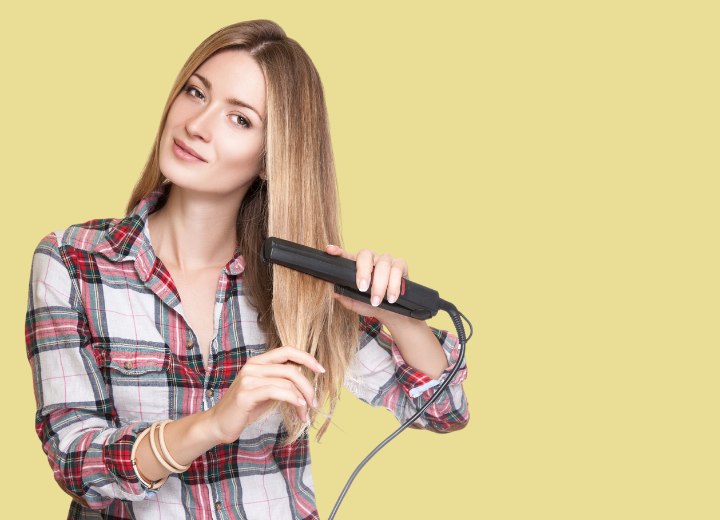Not Perfectly Straightened Hair

A: Your frustration is completely understandable, especially after investing time and money in a professional straightening service. The good news is that you have options, but the right approach depends entirely on what type of chemical straightening treatment was used on your hair initially.
If your hair was treated with a hydroxide-based straightener, you need to be extremely cautious about applying any additional chemical treatments. Hydroxide straighteners work by permanently breaking down the hair's protein bonds, and they include sodium hydroxide, calcium hydroxide, and lithium hydroxide. These are some of the strongest chemical straighteners available and are commonly used professionally in hair salons. Attempting to use another chemical straightener over a hydroxide treatment can lead to severe over-processing, causing your hair to become brittle, break off, or even dissolve completely.
On the other hand, if your hair was straightened with a thioglycolic acid-based product, also known as a thio-relaxer, you may have more flexibility. These products work differently than hydroxide relaxers, using ammonium thioglycolate to temporarily break and reform the hair's disulfide bonds. Thio-based straighteners are generally considered gentler and can sometimes be safely reapplied, provided your hair is still in good condition and wasn't damaged by the previous treatment. If you're considering this route, products like Ogilvie Home Straightener and EasyStraight are two thio-based home straightening kits that are available in stores.
However, even with thio-based products, caution is essential. You should never use a thio-straightener over a hydroxide product or vice versa. The chemical incompatibility between these two types of straighteners can cause a catastrophic reaction that will literally cause your hair to break off and fall out.
Before considering any at-home chemical treatment, take an honest assessment of your hair's current condition. Look for signs of damage such as excessive dryness, brittleness, split ends, or any areas where the hair feels mushy or overly soft when wet. If you notice any of these warning signs, additional chemical processing is not recommended.
As an alternative to chemical retreatment, you might consider using a flat iron to achieve the straightness you're looking for. A high-quality flat iron with adjustable temperature settings can help you achieve sleeker results without the risks associated with chemical processing. When using a flat iron, always apply a heat protectant product first, and keep the temperature at the lowest effective setting for your hair type. This is a temporary solution that will need to be repeated each time you wash your hair, but it's much safer than risking chemical damage.
My strongest recommendation is to return to the salon where you had your hair straightened and have an honest conversation about your dissatisfaction with the results. Hair salons have a vested interest in maintaining their reputation and keeping clients happy, so many will be willing to work with you to achieve the results you originally wanted.
©Hairfinder.com
See also:
Permanent hair straightening
How soon after thermal straightening can I wash/wet/style my hair?
Can I use a straightening and curling iron after a bio ionic straightening treatment?